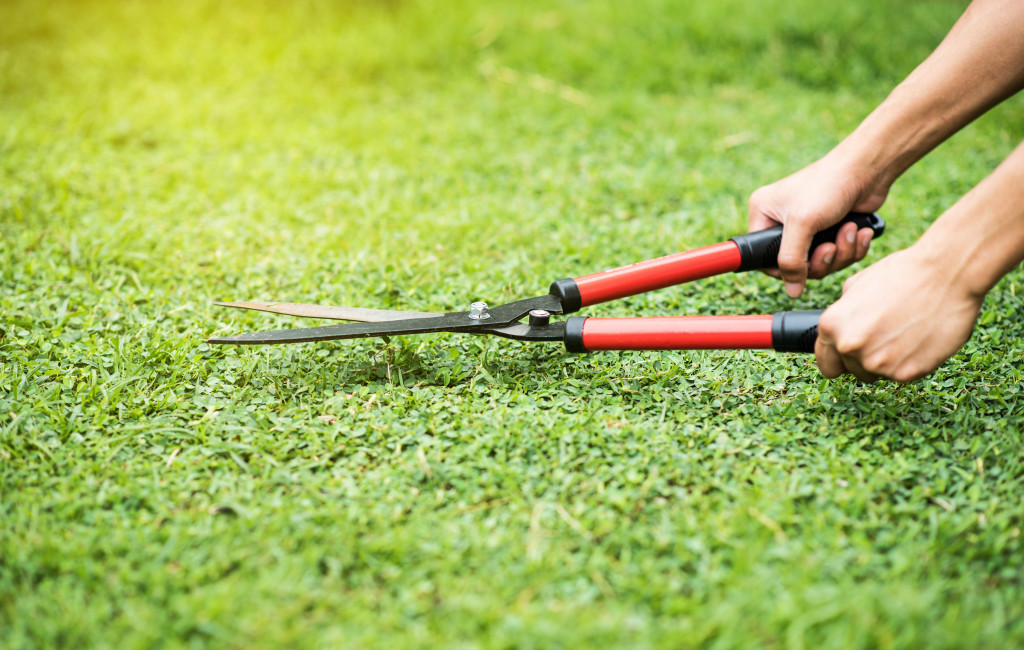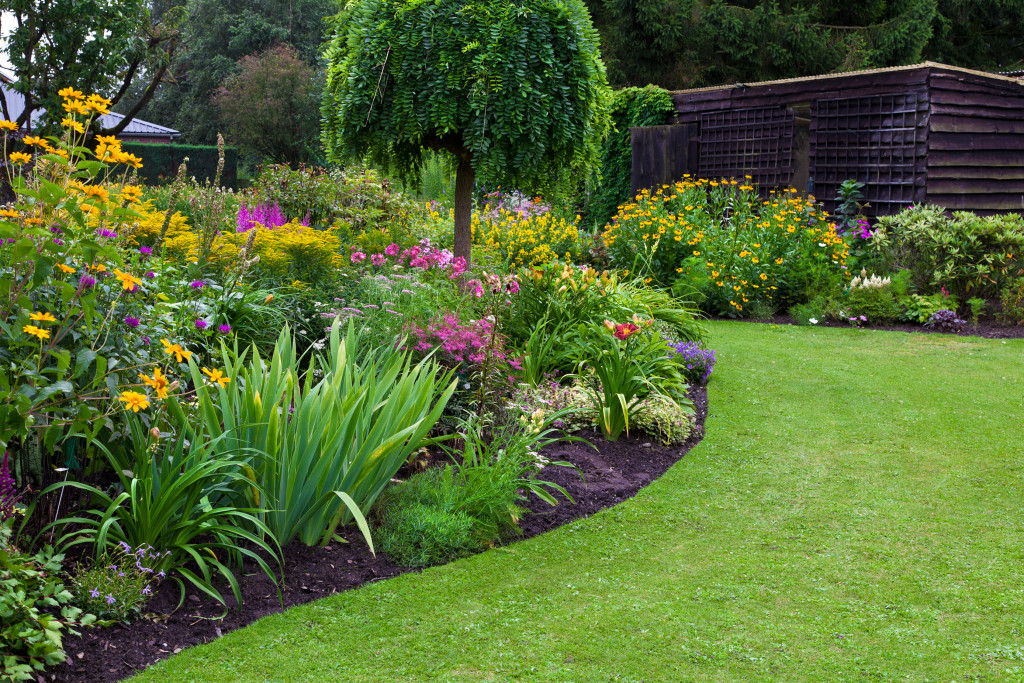Disclaimer: The Lifestyle Elf. This site provides fashion and lifestyle content for informational purposes only.
When put together, plants can make some of the best elements for a garden. However, the plants have to go beyond the call of duty in uniqueness and flowering habits to achieve this. If you want to create a lovely space in your yard, you can contact landscaping professionals to help you design the area. Before doing so, learn about some plant types you should consider.
Bulbs
If you are not keen on tendering for plants but expect maximum results, the bulbs are your best option. They will bloom to bright, beautiful flowers every year, with minimal effort on your side. Moreover, they self-propagate, filling your bed with beautiful blooms within a short period.
A majority of people known daffodils and tulips as the only bulbs, thus associating them with spring. However, other bulb options, including Asiatic lilies, oriental lilies, and cannas, are suitable for other seasons.
Tropical plants
If you live in a warm climate with plenty of rainfall throughout the year, you can easily maintain some of the world’s most beautiful plants. Most people seek to incorporate tropics into all forms of climate to benefit from the beautiful blooms.
However, these flowers can barely survive in some areas. However, you can use container gardening for these plants and shelter them inside until the last snowfall. Your best options on tropical flowers include lobster claw, birds of paradise, Flamingo flowers, and showy medinilla, among others.
Aquatic Plants
Aquatic plants are worthy of consideration if you have a water garden or a pond in your plan. Besides their beauty and simplicity, they come in handy matters purification and oxygenation of the water.
They also provide a natural habitat and shade for the fish and other resident aquatic animals. While water lilies are the most popular options, you may also consider water hyacinth, lotus, reeds, rushes, and cattails.

Ground Covers
Some landscapes have bare patches such as under trees, steep banks, or areas where grass refuses to thrive. A hardy ground cover comes in handy for such areas. These plants grow low on the ground and creep hard and fast, creating a dense mat resistant to weeds.
There are plenty of options to choose from. However, ensure you match a plant with its best-surviving location in the sun or shade. For shaded areas, go for English ivy, winter creepers, periwinkle, and euonymus plants. For the sunny areas, the best choices include ice plants, creeping juniper, creeping phlox, lemon thyme, and gold moss.
Vines
When well-supported by a fence, trellis, wall, or arbor, these beauties will literally take your garden to new heights. Moreover, these flower types are mostly perennials, except for nasturtium and morning glory. Therefore, they will come back every year to give full coverage on their supporting structure with leaves, flowers, and fruits.
Due to their wide color variety, clematis top the list for preferable plants. Other options include honeysuckle, bougainvillea, jasmine, Mandevilla, gloriosa lily, native wisteria, and trumpet vine.
Sedges, Rushes, and Grasses
While these three plants are put under one blanket of ornamental grasses, they belong to different plant families and have different requirements for moisture and sun. The best way to tell them apart is by checking their stem shapes. Rush has flat or round stems, sedge has triangular stems, while grass has round or hollow stems.
As for their care, rush plants love the wettest conditions possible; thus, they easily grow on water edges. Sedges, on the other hand, prefer shady, damp locations. Grass loves it sunny in well-drained soil. They all help add greenery and boost the appearance of your landscape.
Evergreens
Plants in this category retain their green leaves throughout the year. They add life and color to a summer and winter landscape. The most common options include conifers such as spruce pine, fir, and cedar. You can take your landscaping creativity to the next level by adding magnolias, eucalyptus, and holies, as they are also evergreens.
Depending on your planting zone, blooming shrubs such as azaleas, laurels, camellias, gardenias, and rhododendrons also retain their greenery throughout the year. Thus, they make perfect foundation plants.
These plant types create a beautiful appearance for your landscape and help enhance the elements of a good landscape. They help add mass, create a form, including lines, and add texture and color that are essential elements of an aesthetic garden or yard. While you can research how you can create a beautiful landscape, a professionally done one always brings out elegance and sophistication. So consider how you can achieve a lovely and pleasant garden area.

